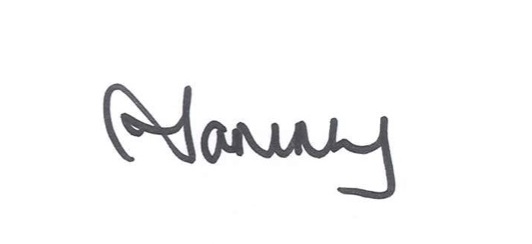The Way We Do Things Around Here
Culture is usually front and centre of reports where things have gone badly wrong. The Royal Commission in Banking and Finance is a prime example.
Culture is important. And we know that if we get it wrong that it has an impact. And yet, we often struggle to define what “culture” actually is.
The oft quoted definition is “the way we do things around here.”
It’s a simple definition that shows the overt manifestation of culture.
You can see culture in the way that things are done, how people act. In what is valued and what is not.
But that is often where organisations find themselves getting stuck. It’s all very well to know what a culture looks and feels like but the more important question is why..
Three Levels of Culture
Schein has long been considered an expert on organisational culture. He describes culture as having three levels:
| ARTEFACTS (Level 1)
· VISIBLE AND FEELABLE STRUCTURES AND PROCESSES · OBSERVED BEHAVIOUR · CAN BE DIFFICULT TO DECIPHER ESPOUSED BELIEFS AND VALUES (Level 2) · IDEALS, GOALS, VALUES, ASPIRATIONS · IDEOLOGIES · RATIONALISATIONS · MAY OR MAY NOT BE CONGRUENT WITH BEHAVIOUR AND OTHER ARTEFACTS BASIC UNDERLYING ASSUMPTIONS (Level 3) · UNCONSCIOUS, TAKEN-FOR-GRANTED BELIEFS AND VALUES · DETERMINE BEHAVIOUR, PERCEPTION, THOUGHT AND FEELING |
Schein’s model is helpful as it illustrates why it’s so hard to articulate what culture is, and how to change it.
Most change efforts focus on the level 1 – the more superficial components of culture, without ever digging further. Understanding Levels 2 and 3 is the pay dirt in terms of answering the questions:
- Why has the culture evolved the way it has?
- Does this culture serve the organisation and its stakeholders?
SOME THINGS TO PONDER
- Do you hear culture being blamed for things in your organisation?
- Start to keep a bit of a list of when you hear these sorts of comments. Is it in relation to a particular attribute or behaviour within the organisation? Or it a particular team that behaves differently to the rest of the organisation?
- What’s the cost of this “errant” behaviour? Can you start to quantify what impact that culture has on the organisation or team?
- Can you identify bright spots of culture within a team or part of the organisation? What makes the culture in that part of the organisation work well?
- Is the impact of the areas that are less positive worth doing the work to understand how it’s come about? And more importantly – how it can possibly be changed?
WANT MORE?
AND MORE STILL ?
If the above has whetted your appetite, and you’re keen for more, here are some ideas:
Does leadership interest you? Sign up to my FREE seven day “Be a Better Boss Challenge” by clicking here.
Click here to buy my book on reinventing your leadership style.
Let’s chat.. Click here to get in touch.
Do you want some help in meeting your goals for the new financial year? Sign up to the permission to dream programme, by clicking here.
Want to read more? You can read any of the 300+ blog posts on this site, by clicking here. And if you’d like to read posts specifically on culture, you can click here.
See you soon,


